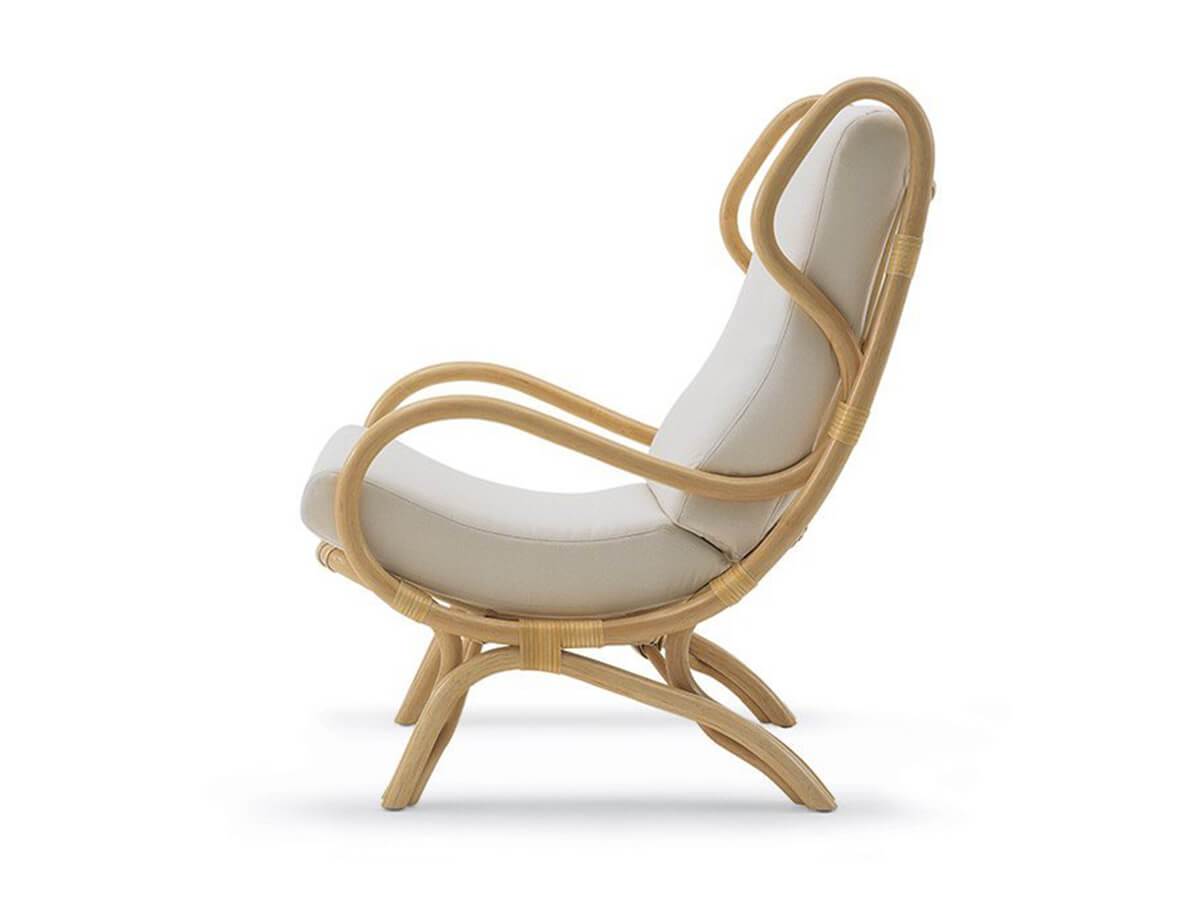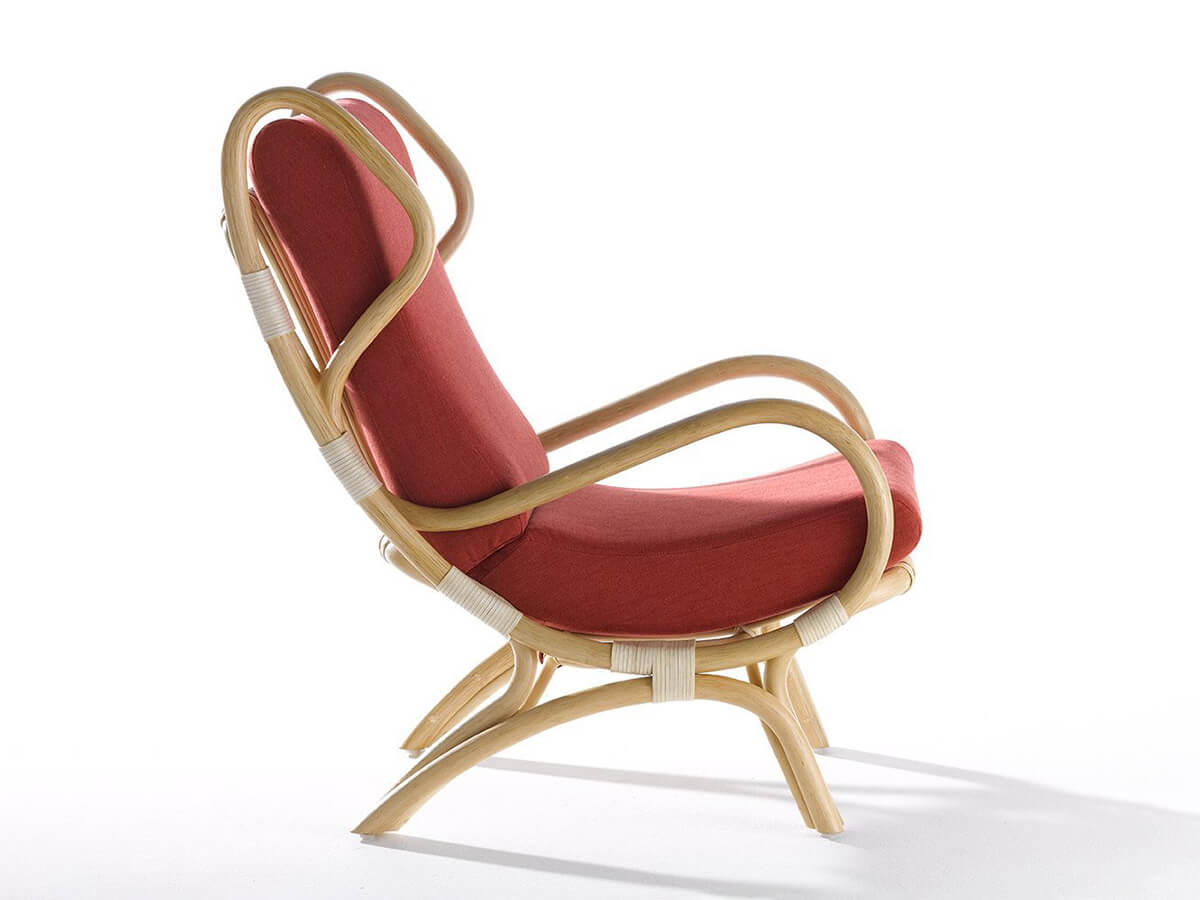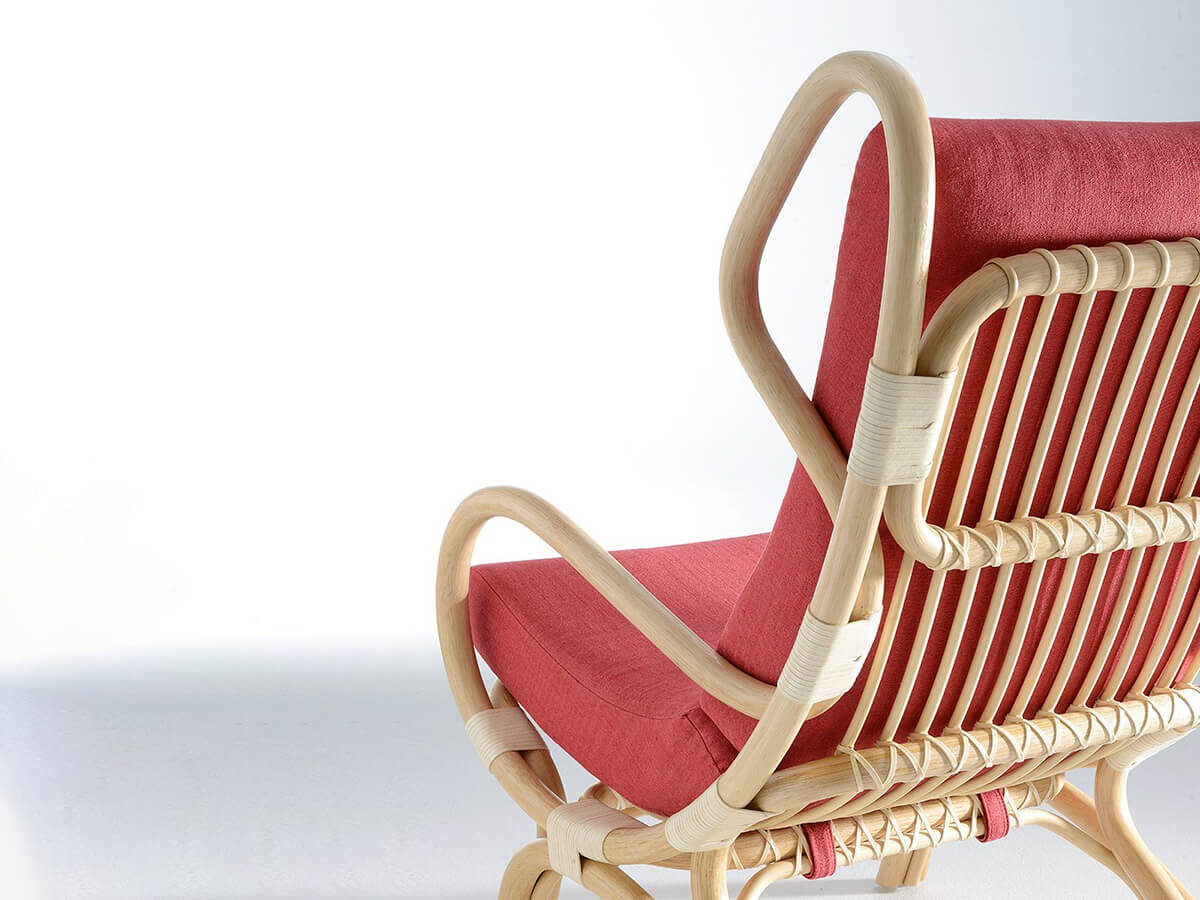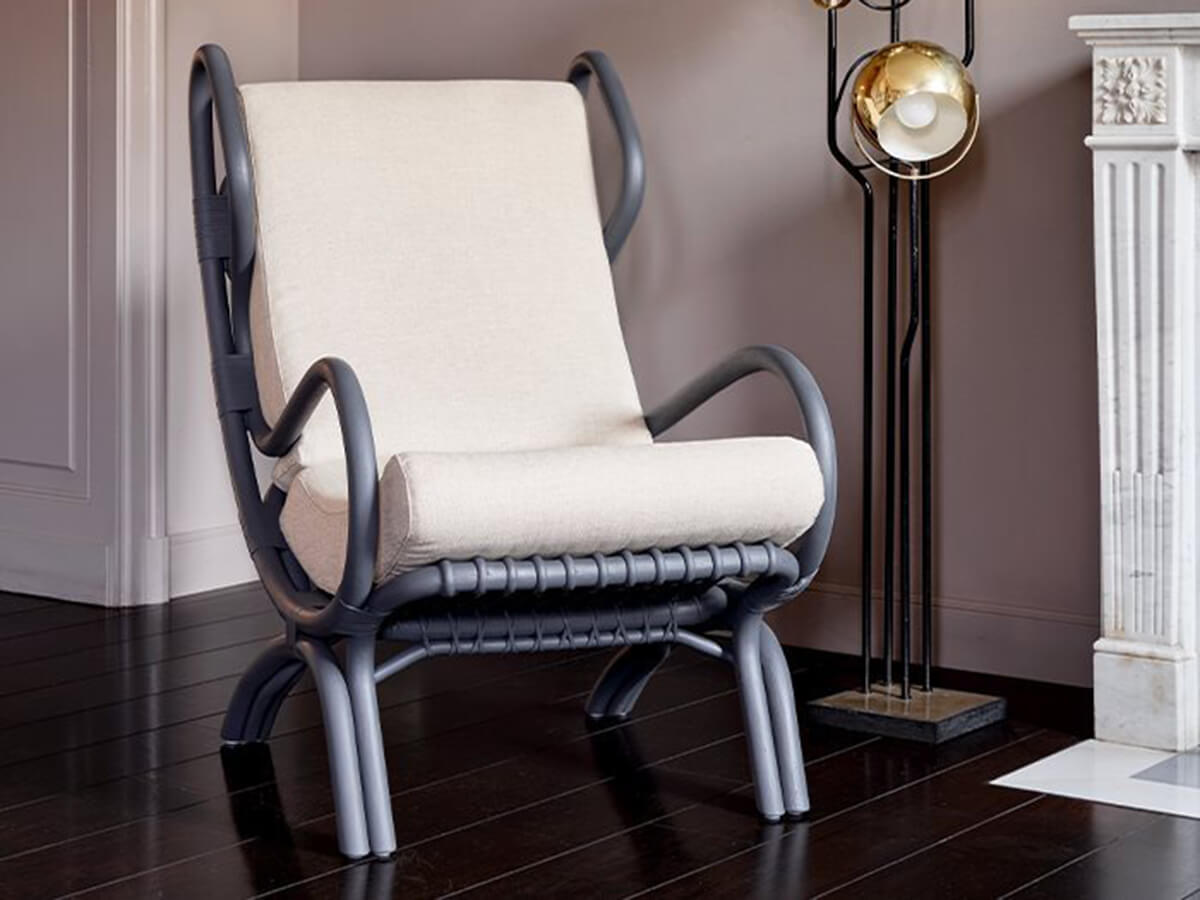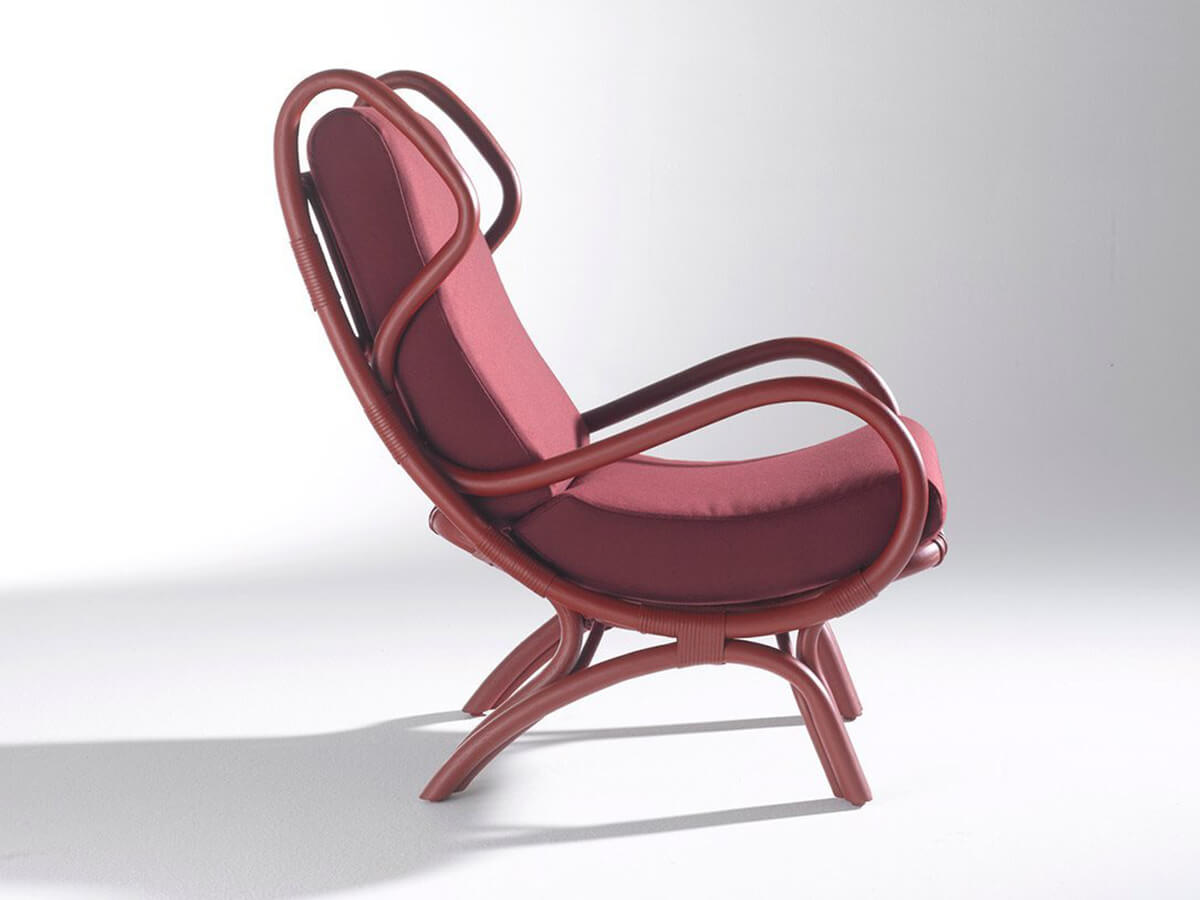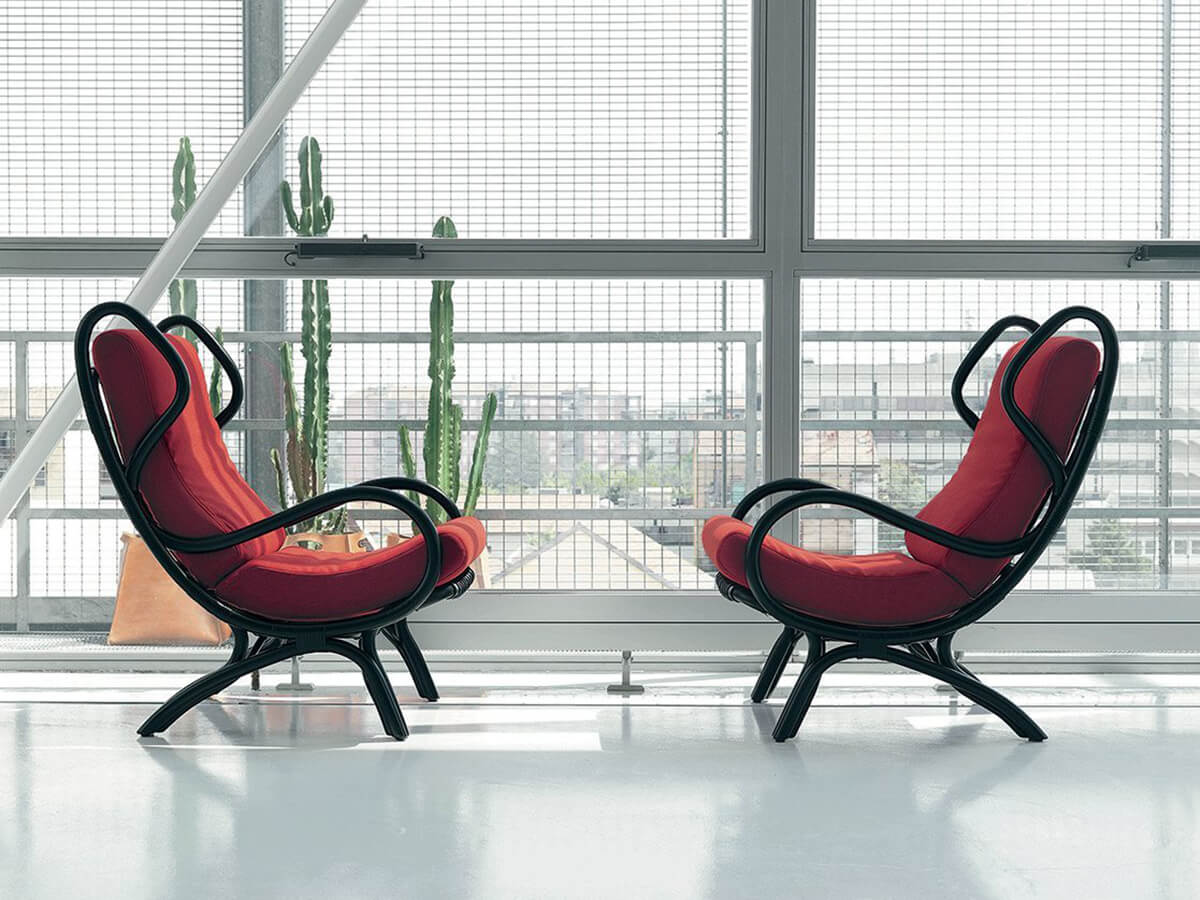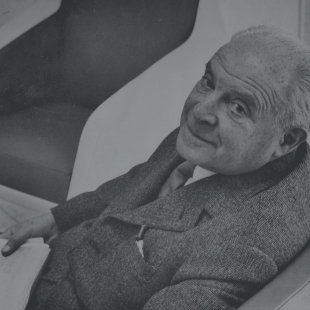Bonacina 1889
Continuum Armchair
The Continuum armchair by Bonacina 1889 bears a highly prestigious signature, that of the great "noble father" of Italian design, Gio Ponti. The Continuum armchair was born in 1969 for a project that Ponti would not have succeeded in realizing, that of a villa with a circular plan for Daniel Koo, in whose Palladian forms nature and life merged. Hence the use of a living and natural material such as rush and the choice for the Continuum armchair of curved and organic shapes, capable of accommodating the body and supporting it in its folds.
W.63 x D.95 x H.102 cm
Seat Height 45 cm
Salvioni Design Solutions delivers all around the world. The assembly service is also available by our teams of specialized workers.
Each product is tailor-made for the personal taste and indications of the customer in a customized finish and that is why the production time may vary according to the chosen product.
To discover the full range of services available, visit our delivery page.
Personalize your request
Frame
Select
Select
Select
The Bonacina 1889 rattan furnitures are the result of over 100 years of experience of one of the most important sector dynasties, the Bonacina family from Lurago d'Erba. An artisan know-how handed down from generation to generation models the wise gestures necessary to work the reed, which is curved after being manually heated with the fire, or the wicker, which after being wet can be woven like a soft fabric. All this gives life to furnishings of great quality, with an ancient and exotic charm, enriched by the imagination of important designers who have chosen Bonacina 1889 to measure themselves with this suggestive material.Read more
Designed by
Gio Ponti
Gio Ponti (1891-1979) is considered the great “noble father” of Italian design. Milanese since his birth, one of the greatest architects of the twentieth century, he has conceptualized for his whole life a peculiar Italian way to modernity, in which the rich artisan and decorative tradition was not overcome, but enhanced and integrated at best with the most recent trends. Among his most famous works, the Pirelli skyscraper in Milan, a technical prodigy and at the time the tallest building in Italy, and Palazzo Montecatini. His theoretical and popularizing activity was very intense: in 1928 he founded the magazine Domus, which he directed for a long time for several periods, until almost his death, and which still remains the focal point of the debate on Italian architecture. It was also his idea to establish the Compasso d'Oro, in collaboration with la Rinascente, and he was one of the promoters of the birth of ADI, the Association for Industrial Design. His practical activity as a designer was also intense and full of successes: in the 1920s he was artistic director of Richard Ginori, helping to renew the world of ceramics, and then in 1932 he founded the FontanaArte company, with which he dedicated himself to the sector of lighting. In the postwar period he collaborated with Cassina, Venini, Ideal Standard and many other companies. Since 2012, Molteni & C. collaborates with the heirs of the Maestro to re-propose many of his most famous furnishings in a dedicated collection of great philological precision.Read more
